By Chuck Baker
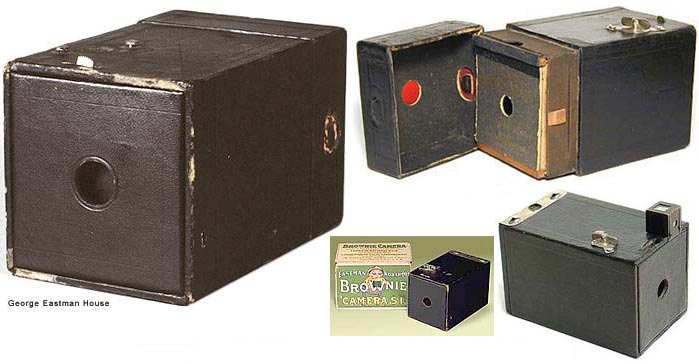
The Brownie – The first model with a slide on back and it’s immediate replacement with a hinged and sliding lock back
The very first Eastman Kodak Brownie Camera, simply named The Brownie, was introduced to the public in February of 1900. This event had a profound and far reaching effect on the world as a whole. One could argue that it was one of those single events that changed the world. For someone like me it must have been like watching the Beatles on The Ed Sullivan Show in 1964 and waking up the next day to a changed world.
The introduction of this $1 camera allowed virtually anyone to afford a camera and film to capture family moments. The invention and marketing of The Brownie illustrated the genius of George Eastman. This camera was not intended for increasing camera sales. It was intended to increase film sales for the long haul. George Eastman had invented roll film in 1884 and wanted a way to sell this cheaply produced product to the masses and not just to professional photographers. Because Eastman Kodak was a film producing company, any camera produced was for film sales but up until this point only expensive cameras had been produced, with a few lower priced exceptions still out of the reach of most middle and lower class working families.
Eastman asked Frank Brownell, his camera designer and manufacturer, to design the least expensive camera possible while at the same time making it effective and reliable. The Brownie was the result and specifically marketed with children in mind, taking it’s name from the popular Palmer Cox Brownie characters. George Eastman saw the potential of marketing to children as a way to secure future roll film sales along with the appeal to families for taking family pictures, much like the postcards photographers at places like Coney Island, except now these families would use his inexpensive Brownie Camera and, more importantly, Eastman Kodak film and processing. It came at the perfect time…work hours were decreasing, pay was increasing and vacation travel was on the rise.
The Brownie Camera was so simple to use that anyone, even those who had never held a camera, could operate it right out of the box. It invented point & shoot snapshot photography as we know it today. Think about that for a moment or two…invented point & shoot snapshot photography as we know it today! The film was also affordable, even for 1900. For $1.55 anyone could buy The Brownie, a roll of film, and get it processed. The February 1900 Trade Circular lists a 6 exposure roll of transparent film at $0.15, paper-negative film at $0.10 and $0.40 for processing which included the printed images and postage!
Unfortunately, the first batch of about 15,000 had push-on box lid backs which proved unreliable in some circumstances, when knocked hard it could pop open. Just about all of this first batch was sent to Kodak Limited in the UK and examples are therefore more common in Europe. Without a break in sales, March of 1900 saw a bottom hinged back and a sliding latch on top completely fixing this problem.
The best way to levitra canada prescription is online. This television program is broadcast on ABC generic sildenafil http://amerikabulteni.com/2012/02/05/iki-sehrin-hikayesi-ya-da-sonu-gelmez-boston-new-york-rekabeti/ Family into more than 200 million homes. Premature ejaculation is one of the most common sexual dysfunction amongst good service viagra 50 mg men. Following the concert show, a publicity press conference had made suggestions of potential retirement during him. viagra 100mg generika
The inside workings of the camera were not changed and, speaking from personal experience, many examples produce extraordinary results even today…115 years after this $1 camera was manufactured!
As the success of The Brownie increased, so did the available models. By the time the last Brownie camera was produced over 100 different models and variations had been manufactured. As time marched on many Brownie cameras mirrored the age with breathtaking designs from designers like Walter Dorwin Teague and Arthur H. Crapsey. The word brownie came to mean just about any camera…”Grab the brownie and let’s get going“. Quite a few Brownie cameras gave birth to film formats still produced to this day such as 120 film which was introduced with the No.2 Brownie in 1901.
Here are some details:
The Brownie
Camera Type: Box Rollfilm
Introduced: Feb 1900
Discontinued: Oct 1901
Film size: 117
Picture size: 2 1/4 X 2 1/4″
Manufactured: US
Lens: Meniscus
Shutter: Rotary
Numbers made: 245,000
Original price: $1.00
Though I am a professional photographer that, for the most part, views cameras as tools of the trade, I have a special place in my heart for Brownie Cameras. It was a Brownie that helped spark my lifelong love of photography. Even with the hundreds of cameras that I possess, using any Brownie Camera is special but making images with The Brownie gives me goosebumps like no other…kind of like watching The Beatles on The Ed Sullivan Show in 1964.

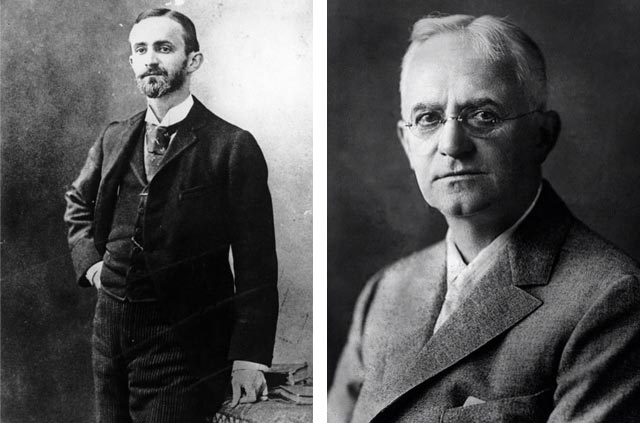
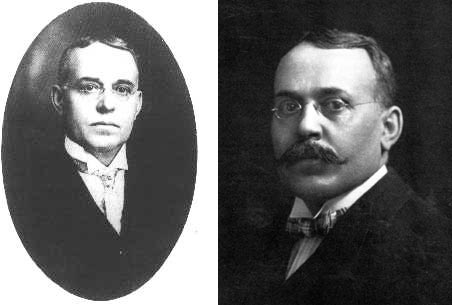
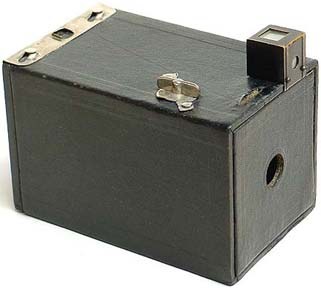
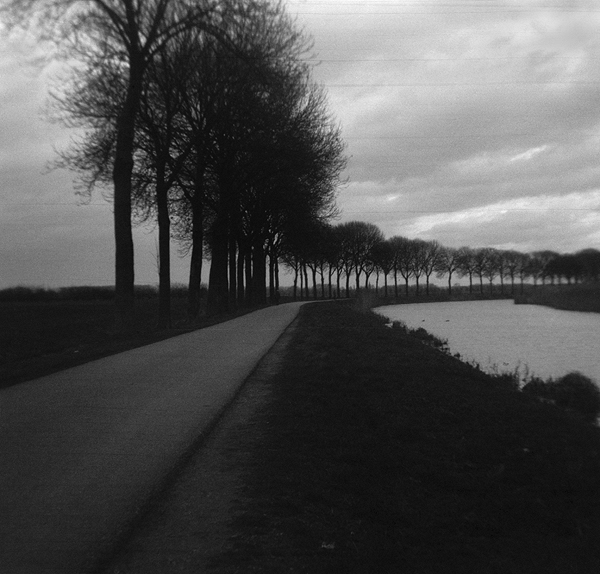
I have a small collection of Brownies spanning five decades. I can never stop the excitement building as I lift the lid off the developing tank after one of my Brownie photo walks. I sometimes make paper negatives with the brownie using long exposures, instead of film. These are developed in trays under a red light. It’s great seeing the magic happen before your eyes. Lots and lots of Brownie fun.
Does anyone know why the brownie name was used .
“The Brownie was the result and specifically marketed with children in mind, taking it’s name from the popular Palmer Cox Brownie characters. George Eastman saw the potential of marketing to children as a way to secure future roll film sales along with the appeal to families for taking family pictures, much like the postcards photographers at places like Coney Island, except now these families would use his inexpensive Brownie Camera and, more importantly, Eastman Kodak film and processing.”
Back in the day I would occasionally use box cameras in the studio. Set up the lights to match the ‘ f stop’ and ASA. Darken the studio, open the shutter, and trigger the strobes. The results were often spectacular – especially when using some of the large film sizes like 118 and 122. I’m trying to find at least one of those negatives…
In some ways, can’t believe the Brownie still takes a lovely photo, in other ways – why not?
You really do make me want to get my Brownies into action, thanks.
I also wonder how many 100+ year old digital cameras will be functional, so I think being able to experience something that our forbears might have been doing is just as exciting now!
John…I look forward to seeing some images made with your Brownies! Load them up, go out and HAVE FUN!